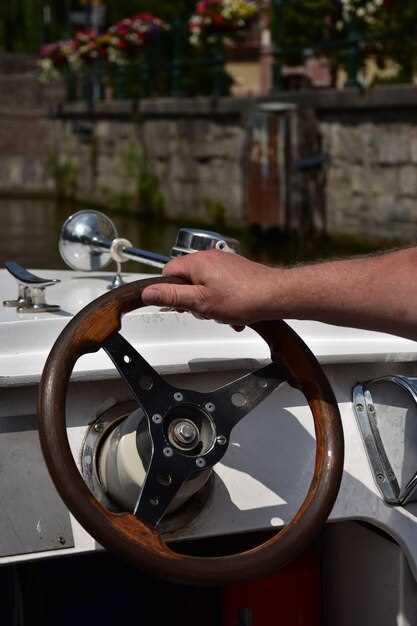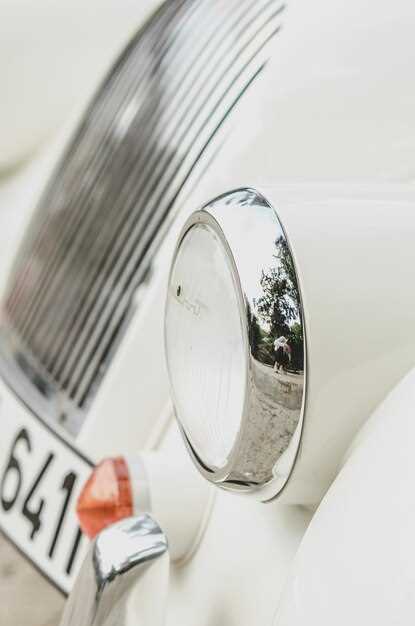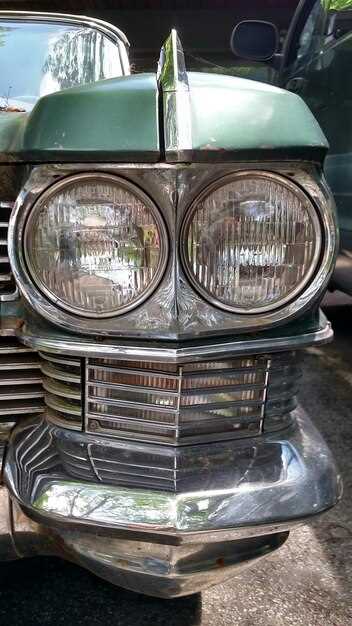
The Honda S800 is a landmark vehicle that represents the zenith of Japanese automotive craftsmanship in the 1960s. As a charming roadster, it captures the essence of spirited driving with its lightweight body and agile handling. This compact sports car not only appeals to collectors but also to enthusiasts keen on restoring a piece of automotive history.
In this guide, we will delve into the intricate details that make the Honda S800 a beloved model among car aficionados. From its unique design cues to the vibrant performance offered by its high-revving engine, the S800 stands out in a crowd of vintage cars. For those looking to embark on a restoration journey, understanding its engineering and the challenges that may arise is crucial.
This article will provide insights into the restoration process, sourcing original parts, and tips on maintaining the vehicle’s authenticity. Join us as we explore the legacy of the Honda S800 and equip you with the knowledge to breathe new life into this remarkable roadster.
Essential Maintenance Tips for the Honda S800 Roadster

The Honda S800 Roadster, known for its sporty design and spirited performance, requires diligent maintenance to keep it in peak condition. Here are some essential tips to ensure that your S800 remains a joy to drive and aesthetically pleasing.
Regular oil changes are crucial for the longevity of the S800’s engine. It’s recommended to use high-quality oil and change it every 3,000 miles or six months, whichever comes first. This helps maintain proper lubrication and prevents engine wear.
Pay close attention to the cooling system. The S800 is equipped with a small radiator that can easily become clogged with debris over time. Regularly check the coolant levels and inspect the radiator for any signs of leaks or corrosion. Flushing the cooling system at least once a year can prevent overheating issues.
The brake system is vital for safety. Inspect the brake pads and rotors regularly, replacing them as needed based on wear. The S800’s brakes are responsive, so ensuring they are in good condition is essential for optimal performance.
Tire maintenance should not be overlooked. Check tire pressure regularly and keep it at the manufacturer’s recommended levels. Inspect the tread for uneven wear and replace tires that have become bald or damaged. Proper alignment is also important for maintaining control and extending tire life.
Electrical systems in classic cars like the Honda S800 can be finicky. Regularly check the battery connections for corrosion and make sure the terminals are clean. Additionally, inspect wiring for fraying or damage and replace any faulty components to avoid electrical issues.
Finally, washing and waxing the exterior of the S800 not only keeps it looking beautiful but also helps protect the paint and body from rust. Use proper cleaning products that won’t damage the finish and consider applying a protective wax every few months.
By following these maintenance tips, you can enjoy your Honda S800 Roadster for many years to come, ensuring it remains a classic symbol of automotive excellence.
Common Issues and Their Solutions for Honda S800 Owners
The Honda S800 is a classic roadster renowned for its sleek design and spirited performance. However, like any vintage vehicle, it comes with its share of common issues that owners should be aware of. Here are some prevalent problems faced by S800 enthusiasts along with their respective solutions.
1. Cooling System Leaks
The S800’s cooling system may develop leaks over time, particularly at the radiator and hose connections. To address this issue, regularly inspect all hoses for cracks or signs of wear. If a leak is detected, replace the damaged hose or consider reconditioning the radiator. Using a quality coolant can also help maintain the system’s integrity.
2. Electrical System Malfunctions
Electrical problems are common in classic roadsters, and the S800 is no exception. Issues such as faulty wiring can lead to problems with headlights, taillights, and ignition. To troubleshoot, check all connections for corrosion and ensure the ground wires are properly secured. If necessary, consult a wiring diagram to identify and replace defective components.
3. Engine Tune-Up Requirements
The S800’s engine requires regular tuning to maintain optimal performance. Symptoms of a poorly tuned engine include rough idling and reduced power. Regularly inspect and replace spark plugs, ensure the carburetors are properly synchronized, and adjust the ignition timing as needed. Following a routine maintenance schedule will help prevent these issues.
4. Suspension Wear
Over time, the suspension components of the S800 may wear out, affecting ride quality and handling. Look for signs of excessive play in the steering or unusual noises during turns. Replacing worn-out bushings, shocks, and strut mounts can restore the vehicle’s handling characteristics and ensure a smooth ride.
5. Body Rust
Rust is a significant concern for many owners of vintage roadsters, including the S800. Areas prone to rust include the wheel arches, floor pans, and around the windshield. To combat this issue, regularly inspect the body for rust spots and treat them promptly. Use rust inhibitors and, if necessary, perform repairs using fiberglass or metal patches to maintain structural integrity.
Staying proactive about these common issues can significantly enhance the ownership experience of the Honda S800. By understanding potential pitfalls and implementing these solutions, owners can enjoy the thrill of driving this iconic roadster for years to come.
Step-by-Step Guide to Restoring the Honda S800 to Its Former Glory

Restoring the Honda S800, a classic roadster, requires dedication, awareness, and methodical execution. This step-by-step guide will assist you in the restoration journey while ensuring that you preserve the unique characteristics that make this vehicle special.
Step 1: Assessment
Begin by conducting a thorough assessment of your Honda S800. Inspect the body for rust, damage, and the condition of the paint. Check the engine and transmission for functionality. Document all findings to create a restoration plan that includes areas needing repair or replacement.
Step 2: Disassembly
Carefully disassemble the components of the roadster. Start with the exterior and remove the bumpers, lights, and trim. Proceed to the interior and take out the seats, dashboard, and carpets. Take pictures and label components to facilitate reassembly later.
Step 3: Bodywork and Paint
Address any rust or body damage identified in the assessment. Depending on the severity, this might include sanding, patching or replacing panels. Once the body is prepared, apply primer followed by high-quality paint that matches the original color scheme of your Honda S800.
Step 4: Mechanical Restoration
Focus on the mechanical components next. Start with the engine, ensuring that it is clean and all necessary parts are functioning well. Replace worn gaskets, belts, and hoses. Inspect the brakes, suspension, and drivetrain, making necessary replacements or repairs to ensure safety and performance.
Step 5: Interior Restoration
Restore the interior by cleaning or replacing the seats, dashboard, and any worn carpets. Pay attention to details such as the steering wheel and gauges; these elements contribute significantly to the overall aesthetic and authenticity of your roadster.
Step 6: Reassembly
Once all components are restored, reassemble your Honda S800. Carefully follow your documented notes and photos to ensure that everything is placed back correctly. Take your time to avoid damaging restored parts during reassembly.
Step 7: Final Inspection
After reassembly, perform a comprehensive inspection of the roadster. Check all systems including electrical, mechanical, and safety features. A thorough test drive is essential to verify performance and ensure that everything is running smoothly.
Step 8: Enjoy Your Restored Honda S800
Congratulations on restoring your roadster! Take pride in the work you’ve put into this classic vehicle. Whether you plan to show it off or simply enjoy weekend drives, your Honda S800 is now ready to turn heads once again.




